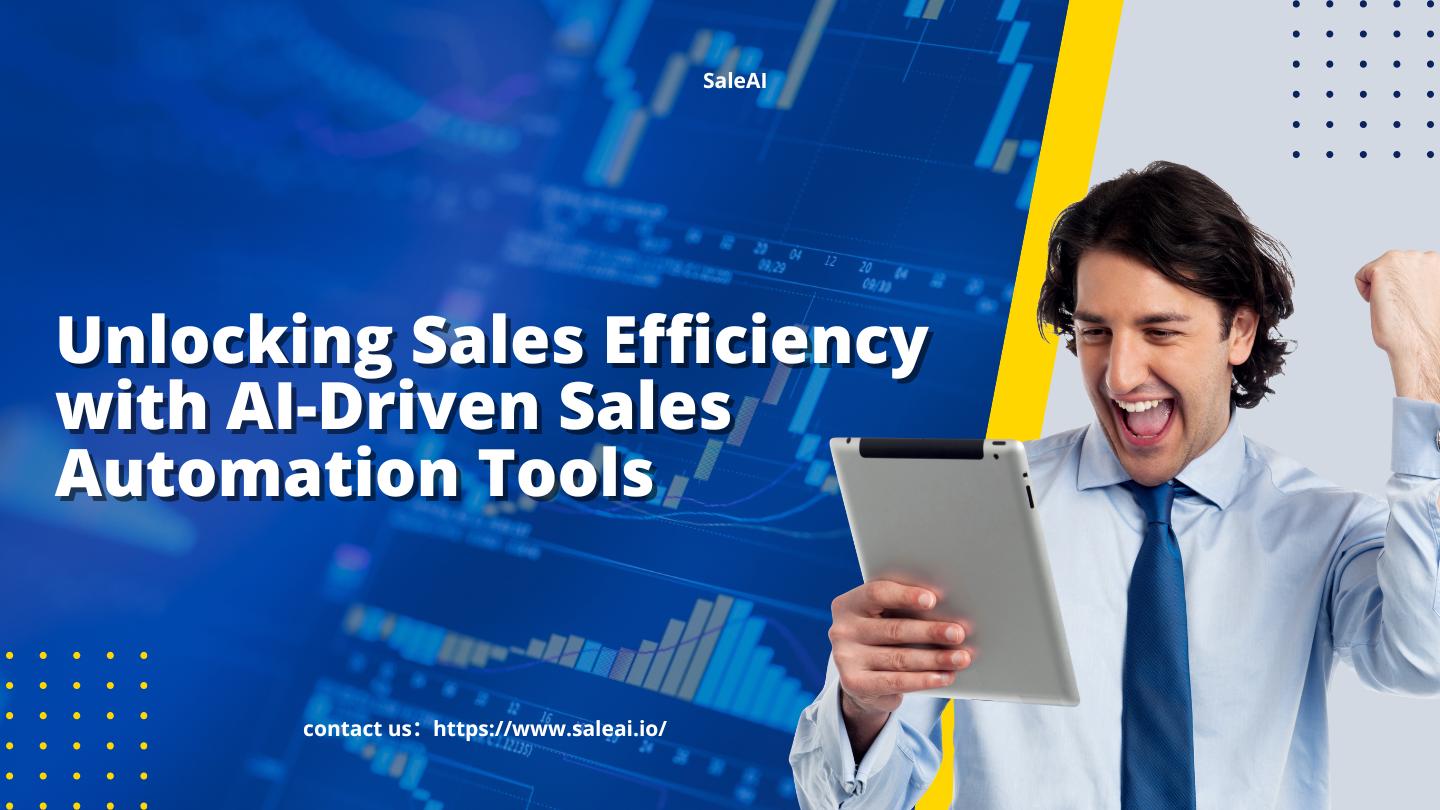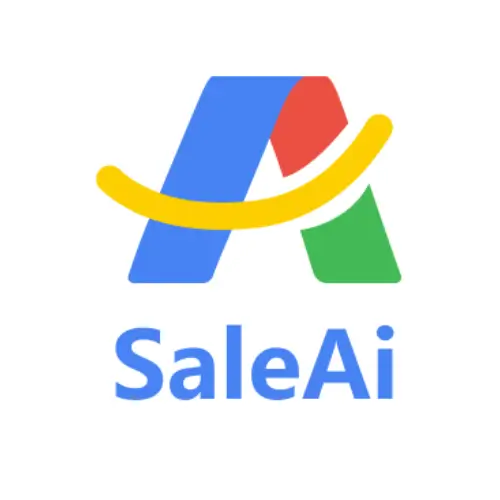
Introduction: The Role of AI in Revolutionizing Sales Automation
In today’s hyper-competitive market, sales teams face increasing pressure to deliver results faster, with fewer resources. Traditional sales processes—characterized by manual data entry, repetitive tasks, and generic outreach—are no longer sufficient to meet these demands.
This is where AI-driven sales automation tools come into play. By leveraging artificial intelligence, these tools automate routine tasks, enhance personalization, and provide actionable insights, enabling sales teams to:
- Focus on high-value activities.
- Engage prospects with tailored messaging.
- Optimize their sales pipelines with data-driven decisions.
In this article, we’ll explore how AI-driven sales automation tools work, their benefits, and how they can transform your sales operations.
What Are AI-Driven Sales Automation Tools?
AI-driven sales automation tools combine artificial intelligence and machine learning to streamline and enhance sales processes. These tools go beyond simple task automation by providing:
- Predictive Analytics: Forecasting sales trends and lead behavior.
- Behavioral Insights: Tracking customer interactions to identify buying signals.
- Personalized Engagement: Automating customized outreach at scale.
Whether you’re managing a small sales team or running a large-scale operation, these tools help optimize every stage of the sales funnel.
Key Features of AI-Driven Sales Automation Tools
a. Automated Lead Management
AI tools streamline lead management by:
- Automatically importing and enriching leads with up-to-date information.
- Scoring leads based on their likelihood to convert.
- Assigning leads to the most suitable sales representatives.
Example Use Case:
A software company uses AI to prioritize leads based on their engagement history, such as website visits and email responses. This ensures the team focuses on high-potential prospects.
b. Predictive Sales Analytics
Predictive analytics leverage historical data to:
- Forecast revenue and sales trends.
- Identify the best time to engage with prospects.
- Highlight at-risk deals in the pipeline.
Pro Tip: Use AI analytics to adjust your strategy in real time, ensuring you meet or exceed sales targets.
c. Workflow Automation
AI tools eliminate repetitive tasks by automating:
- Email follow-ups.
- Meeting scheduling and reminders.
- Data entry into CRM systems.
Impact: Sales teams save hours each week, allowing them to focus on closing deals and relationship building.
d. Personalized Outreach
AI enables hyper-targeted communication by analyzing:
- Customer behavior, preferences, and pain points.
- Industry trends and competitor insights.
Example:
An AI tool can craft personalized email sequences for different buyer personas, increasing open and response rates.
e. Sales Pipeline Optimization
AI tools provide a clear view of your sales pipeline, helping you:
- Track deal progress in real time.
- Identify bottlenecks that slow down conversions.
- Prioritize opportunities with the highest revenue potential.
Benefits of Using AI-Driven Sales Automation Tools
a. Enhanced Productivity
By automating routine tasks, AI tools free up sales reps to focus on strategic activities like building relationships and negotiating deals.
b. Improved Lead Conversion
Predictive scoring and behavioral insights ensure sales teams prioritize leads most likely to convert, boosting overall success rates.
c. Better Customer Experiences
Tailored communication and timely engagement create more meaningful interactions, enhancing customer satisfaction and loyalty.
d. Data-Driven Decisions
AI tools provide actionable insights, allowing sales leaders to make informed decisions about resource allocation and strategy adjustments.
e. Scalability
AI-driven tools can handle large volumes of data and interactions, making them ideal for businesses looking to scale their sales operations.
Real-World Applications of AI-Driven Sales Automation Tools
Scenario 1: Streamlining Lead Follow-Ups
A B2B marketing agency used AI to automate follow-up emails for leads who downloaded their whitepapers. The tool personalized messages based on the lead’s industry and engagement level, resulting in a 40% increase in response rates.
Scenario 2: Optimizing Sales Pipelines
A manufacturing company used AI-driven pipeline analytics to identify deals stuck in the negotiation phase. By reallocating resources to these deals, they reduced their average sales cycle by 20%.
Scenario 3: Scaling Global Sales Efforts
An exporter of consumer goods used AI to manage thousands of leads across multiple regions. The tool automated lead assignment and provided real-time insights into regional performance, enabling faster decision-making.
How to Get Started with AI-Driven Sales Automation Tools
Step 1: Define Your Sales Goals
- Identify key objectives, such as increasing lead conversion rates or shortening the sales cycle.
- Establish metrics to track the success of your automation efforts.
Step 2: Choose the Right Tool
- Look for tools with features like CRM integration, predictive analytics, and personalized outreach.
- Evaluate ease of implementation and scalability to ensure the tool aligns with your business needs.
Step 3: Automate Key Processes
- Start by automating repetitive tasks like data entry, lead scoring, and follow-ups.
- Gradually expand automation to other areas, such as pipeline management and engagement tracking.
Step 4: Train Your Team
- Provide comprehensive training to ensure your sales team understands how to use the tool effectively.
- Encourage feedback to refine workflows and improve adoption.
Step 5: Monitor and Optimize
- Use the tool’s analytics dashboard to track performance metrics.
- Continuously refine your strategies based on AI-generated insights.
Challenges and Solutions in AI-Driven Sales Automation
Challenge 1: Resistance to Change
Sales teams may be hesitant to adopt new technologies.
- Solution: Emphasize how AI reduces workload and improves results. Provide hands-on training and support.
Challenge 2: Data Accuracy
Inconsistent or outdated data can impact AI performance.
- Solution: Regularly clean and update your CRM to ensure data quality.
Challenge 3: Over-Reliance on Automation
While AI is powerful, it can’t replace human judgment in complex sales situations.
- Solution: Use AI as a complementary tool to enhance, not replace, your team’s expertise.
Future Trends in AI-Driven Sales Automation
As AI technology evolves, expect to see:
- Deeper Integration with CRM Systems: Seamless data flow for more accurate insights.
- Voice-Activated Sales Assistants: AI tools that use voice commands to update CRMs, schedule meetings, and generate reports.
- Advanced Predictive Models: AI that can forecast long-term trends and identify emerging opportunities in real time.
Conclusion: Empower Your Sales Team with AI-Driven Automation
AI-driven sales automation tools are more than just a convenience—they’re a necessity for businesses aiming to stay competitive in today’s fast-paced market. By automating repetitive tasks, optimizing sales pipelines, and delivering actionable insights, these tools empower sales teams to work smarter, not harder.
Ready to transform your sales strategy? Explore SaleAI today and discover how AI-driven tools can revolutionize your sales operations.




